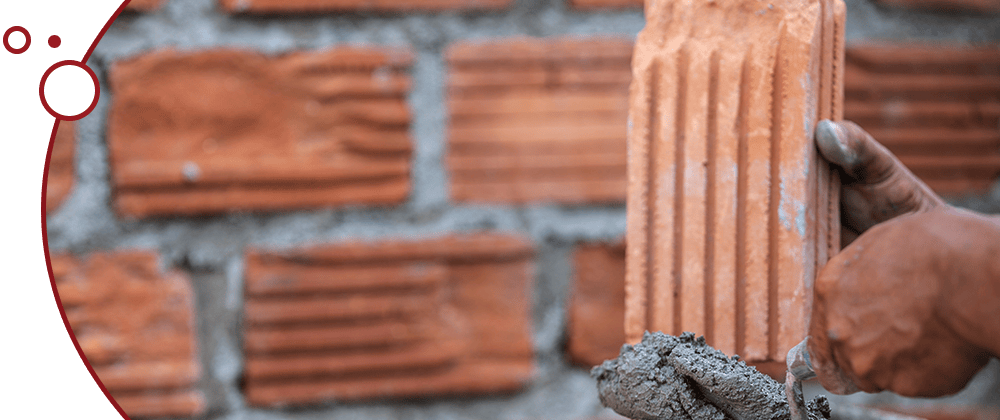
Brick walkways add a timeless elegance to any home, but they require proper care and maintenance to retain their charm. This guide will delve into the intricate process of brick walkway repair, providing a thorough understanding of common damages, essential preparations, and effective repair techniques. Whether you’re a DIY enthusiast or considering professional help, this comprehensive guide will equip you with the necessary knowledge to restore your brick walkway’s beauty and functionality.
Table of Contents
Understanding Brick Walkway Damage
Causes of Damage
Brick walkways, though durable, are susceptible to various forms of damage over time. These include:
- Weathering: Freezing and thawing cycles can cause bricks to crack and mortar to loosen.
- Erosion: Water runoff, especially in improperly sloped areas, can erode the sand or mortar base.
- Root Growth: Tree roots can push up and displace bricks.
- Physical Impact: Heavy loads or accidental impacts can crack or dislodge bricks.
- Age: Over time, bricks and mortar naturally degrade.
Identifying Issues
Early detection of problems can prevent major repairs. Look for:
- Loose or Wobbly Bricks: Indicates underlying issues with the base or mortar.
- Cracks in Bricks or Mortar: A sign of age or weathering.
- Uneven Surface: Could be due to root growth or settling.
- Pooling Water: Suggests poor drainage, potentially causing erosion.
Preparation for Repair
Materials and Tools Needed
A comprehensive checklist includes:
- Replacement bricks
- Mortar mix
- Trowel
- Chisel
- Hammer
- Level
- Broom
- Rubber mallet
- Safety glasses and gloves
Safety First
Safety considerations:
- Wear protective gear (gloves, goggles).
- Ensure the work area is clear and secure.
- Be mindful of tripping hazards.
Step-by-Step Repair Process
Loose Brick Replacement
- Remove the Damaged Brick: Use a chisel and hammer to gently remove it without damaging surrounding bricks.
- Prepare the Base: Clean out the old mortar and ensure a flat base.
- Install the New Brick: Apply fresh mortar, set the new brick, and tap it into place with the rubber mallet.
- Finish with Mortar: Fill gaps around the brick with mortar, and smooth it out.
Mortar Repair
- Remove Old Mortar: Carefully chisel out damaged mortar without harming bricks.
- Mix and Apply New Mortar: Follow the manufacturer’s instructions for mixing. Apply it neatly between the bricks.
- Curing: Allow ample time for the mortar to set and cure.
Levelling and Aligning Bricks
- Assess and Mark Uneven Areas: Identify and mark where adjustments are needed.
- Adjust the Base or Sand Layer: Add or remove material to level the base.
- Reposition Bricks: Carefully place bricks back, ensuring they are level and aligned.
Cleaning and Maintenance Tips
- Regularly sweep to remove debris.
- Wash with a gentle hose spray or a mild detergent solution.
- Inspect periodically and address small issues promptly.
Advanced Repair Techniques
Dealing with Severe Damage
For extensive damage, consider:
- Complete re-laying of sections.
- Professional assessment for underlying issues like drainage or foundation problems.
Weatherproofing Solutions
- Apply sealant to protect against moisture and freezing.
- Ensure proper drainage to prevent water accumulation.
Cost and Budgeting
Estimating Repair Costs
Cost factors include:
- Material costs (bricks, mortar).
- Tool rental or purchase.
- Potential labor costs if hiring professionals.
DIY vs Professional Services
- DIY: Cost-effective for minor repairs. Requires time and some skill.
- Professional Services: Recommended for extensive or complex repairs. Ensures quality and longevity.
Aesthetic Enhancements
Design Ideas for Your Walkway
- Introduce patterns or color variations.
- Edge the walkway with contrasting materials like stone or plants.
Landscaping Integration
- Complement your walkway with adjacent flower beds or shrubs.
- Use lighting for both aesthetics and safety.
Sustainable Practices
Eco-Friendly Materials
- Opt for recycled or locally-sourced bricks.
- Use environmentally friendly mortar options.
Long-Term Sustainability
- Regular maintenance reduces the need for major repairs.
- Design with natural drainage and minimal environmental impact in mind.
Conclusion
In conclusion, repairing a brick walkway is a blend of art and skill that not only enhances your home’s curb appeal but also ensures safety and longevity. By understanding the causes of damage, following the step-by-step repair guide, and implementing sustainable practices, you can maintain the elegance and durability of your brick walkway. Remember, regular maintenance is key to avoiding extensive repairs and keeping your walkway in pristine condition for years to come.
FAQs
Q: What are the most common signs that my brick walkway needs repair?
A: Common signs include loose or wobbly bricks, cracks in the bricks or mortar, an uneven surface, and pooling water after rain.
Q: Can I perform brick walkway repairs myself?
A: Yes, basic repairs like replacing loose bricks or fixing mortar can be done DIY, but complex issues might require professional expertise.
Q: How often should I inspect my brick walkway for potential damage?
A: Inspecting your walkway at least twice a year, especially after extreme weather conditions, is recommended.
Q: What are some cost-effective ways to repair a brick walkway?
A: Doing small, regular repairs yourself and using locally-sourced or recycled materials can be cost-effective.
Q: How can I make my brick walkway repair more environmentally friendly?
A: Use eco-friendly materials like recycled bricks and sustainable mortar, and implement water-efficient landscaping around the walkway.


